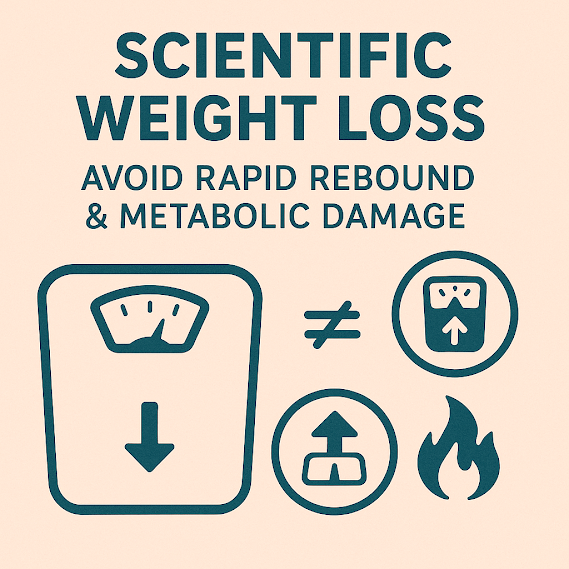Why Do People Gain Weight? Where Does Fat Accumulate?
Why Do People Gain Weight?
It’s common knowledge: when the energy we consume isn’t fully expended, the excess is stored as fat for future needs. However, in today’s comfortable lifestyle, true hunger is rare, and these "emergency reserves" keep accumulating—turning into stubborn, unwanted flab.
Digging deeper, fat tissue comes in two types: white fat and brown fat. White fat, the most prevalent, is what we typically think of as "fat." It’s found under the skin (subcutaneous) and around organs (visceral), making up about 20% of a man’s body weight and 25% of a woman’s. Under a microscope, white fat cells contain a large lipid droplet, with the nucleus pushed aside—like a passenger squeezed next to a large seatmate. Research shows that fat cell count stays constant; weight changes depend on the size of these lipid droplets, not the number of cells.
Where Does Fat Settle?
English has colorful terms for belly fat:
Muffin Top: The soft, bulging waistline spilling over pants, like a muffin’s risen top.
Love Handles: The pinchable fat on the sides, as if offering "handles" to hold onto.
But few realize a belly harbors two types of fat:
Subcutaneous fat—the squishy layer you can pinch.
Visceral fat—the deeper, more dangerous fat wrapped around organs.
Visceral fat isn’t just idle storage; it acts like an endocrine organ, secreting hormones that affect appetite, insulin resistance, and more. A protruding belly isn’t just cosmetic—it’s a red flag for metabolic syndrome, linked to heart disease, hypertension, and diabetes.
No Shortcuts to Losing Fat
Fat piles up fast but vanishes slowly. The heavier you are, the harder it feels to move—and inertia breeds more weight. Yet, the solution is straightforward:
Eat fewer calories: Whether you tweak carbs, fats, or proteins, the key is a sustained deficit. For flavor without guilt, the Mediterranean diet (rich in veggies, fish, nuts; low in red meat) is ideal.
Exercise consistently:
Frequency: 3–5 sessions weekly; skipping >3 months resets progress.
Duration & intensity: Short bursts burn glycogen, not fat. Aim for 30+ minutes of aerobic activity at 60% max heart rate to torch fat effectively.
The takeaway? Spot-reducing fat is a myth. Lasting weight loss demands patience: eat smart, move regularly, and let science—not fads—guide you.












Comments
Post a Comment